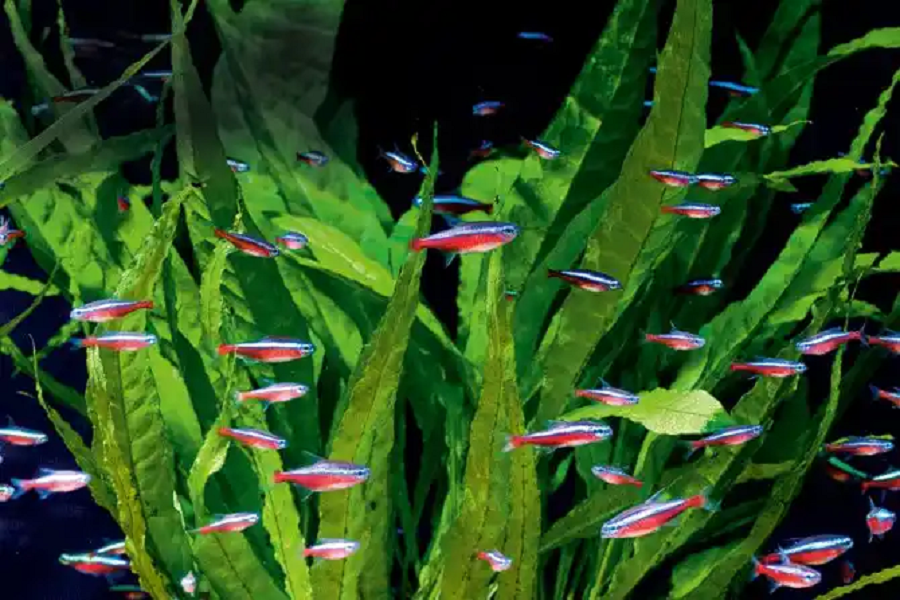What is cricetidae?
Cricetidae (scientific name: Cricetinae): is a subfamily in the hamster family in terms of taxonomy. A total of 7 genera and 18 species, of which China has 3 genera and 8 species, commonly known as hamster. Except for the small hamsters distributed in Central Asia, there are cheek pouches on both cheeks of the mortar, which can temporarily store food in the mouth and transport it to the cave for storage, so it is also called gill mouse and moving warehouse. The eyes are small, the ears are hairy, and the ear shells are exposed. Body length ranges from 50mm to 340mm, with short legs, broad feet and a stubby tail. Temperate terrestrial animal, most common in open areas.
What does Cricetidae look like?
Hamsters are small, compact, rat-shaped rodents. The body is short and stubby, weighing 30 to 1000 grams. Tail length ranging from 7 to 106 mm, generally half body length, without scales, covered with dense hair, a few species (such as the desert hamster) very short, less than half of the hind feet; females of some species are larger than males . The tail hair color varies greatly, generally gray, gray-brown or sandy brown. Hamsters have long, thick fur. They are grey, pink buff, light brown or reddish brown on the back and white, grey or black on the ventral side. Their flanks are also often white, and some have a middle stripe and lateral sebaceous glands.
Cricetidae living habits
Hamsters are omnivores with a wide range of diets and the habit of storing food. It mainly feeds on plant seeds, and also eats plant stems and leaves, fruits, and occasionally insects. Hamsters do not hibernate and live by eating stored food in winter. Hamster burrows where up to 90 kilograms of food have been found have been found.
Hamsters perceive visual, tactile, auditory and chemical stimuli. The daytime is basically the rest time of hamsters. They like to be nocturnal, and they are mainly active at night. They have poor eyesight and can only distinguish shapes by blurring, and colors can only distinguish black and white.
Hamsters use chemicals to communicate. Males mark their territory with their large lateral sebaceous glands. In fact, the size of these glands correlates with an individual’s position in the dominance hierarchy: the larger the glands, the greater the animal’s dominance.
Cricetidae rearing
Hamsters have been kept as pets by more and more people, and their unique cheek pouches make their appearance even more adorable. Pudding hamsters are also popular with people because of their unique coat color, and they have become a breed with a very high breeding rate. So what should be paid attention to when raising pudding hamsters?
1. The hamster’s sense of smell is very sensitive, so if you take the food it likes to eat, it is likely to smell it and think you are food and bite you. It is recommended to wash your hands before and after touching the pudding hamster.
2. Your hamster was originally raised in a pet store. Although the young mouse is not very territorial, it often fights with other pudding hamsters in the same cage, so it will have a more irritable temper and be wary of other creatures. hostility. It is recommended that you spend time with the pudding hamster on a schedule to neutralize its hostility.
3. You are not familiar with the hamster, but you often play with it, grab it with your hands, and make it feel insecure. It is still recommended that you eliminate the hostility of the pudding hamster to you step by step according to the time.
Fourth, the hamster’s eyesight is not very good, it mistook your fingers for food. When you touch the pudding hamster on your hand, if the five fingers are not close together, the pudding hamster is likely to bite down your fingers as food. But generally it won’t bite too hard, just “kiss” you. Therefore, it is best to put the five fingers together when placing the pudding hamster on your hand, but not too tight, as it will catch the pudding hamster’s feet. It’s best not to tease the pudding hamster with your fingers to reduce the risk of being bitten.
5. Hamsters have a strong sense of territory. If you have touched other pudding hamsters and your hands are stained with the smell of other pudding hamsters, then the little pudding hamster will definitely expel the strange pudding hamster unceremoniously (in fact, it is yours hand). Therefore, it is common to be bitten by mistake after touching other pudding hamsters. It is recommended to wash your hands after touching other pudding hamsters before touching your own pudding hamster.
Many netizens have been bitten by pudding hamsters, and everyone will ask if they need rabies vaccine. It is also possible to get rabies from being bitten by a hamster (it may not be possible, but because the mortality rate of rabies is 100%), it is recommended to treat the wound as soon as possible and inject rabies vaccine, and if necessary, human rabies immune globulin should be injected.
Skin wound treatment: All bites and scratches should be washed immediately or as soon as possible with soapy water/washing solution and plenty of water (about 15 minutes if conditions permit), and iodine-containing preparations or similar topical virucidal agents should be used if available The preparation is applied to the wound. Those with deep wounds and serious pollution should be treated with anti-tetanus treatment and antibiotics as appropriate to control other infections other than rabies virus.
The appearance is flattering, but it is an animal after all and follows its natural life, so the breeding process must be scientific and careful.


























